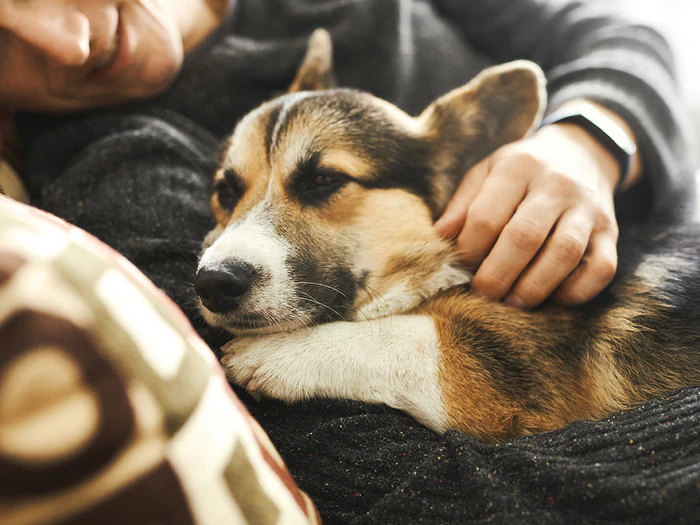A lost pet is every pet parent’s worst nightmare. The panic, anxiety, and stress that set in the second you realize your fur kid is gone is unlike any other. Hopefully, you never have to experience it!
You can take several steps to minimize the chance of your pet getting lost and ensure they are returned home safe if they do manage to get away from you. In this post, we’ll share some practical tips to help you keep your pets safe and prevent them from getting lost.
Make Sure Your Pet Wears A Collar With ID Tags
A sturdy, properly fitting collar that’s secure and equipped with ID tags is a must for any dog or cat and should be worn at all times inside and outside of the home. This is especially true when they venture outdoors for supervised exercise time or even just to do their business in the backyard.
A collar with ID tags will allow anyone who finds your lost pet to quickly identify where their home is without needing to bring them to a shelter. Many pets who sneak out of their homes or yards are found and returned this way.
Ensure the collar fits properly around your pet’s neck and doesn’t easily slide off over their head. Brands like Arcadia Trail will offer various sizing options for most of their collars, including small, medium, large, and x-large. And gone are the days of drab, boring collars. There is a huge array of collars to match your pet’s unique personality.
When it comes to ID tags, these can be bought online, at your local pet store, in local hardware stores, and basically any place that does engraving. Your ID tag should include your pet’s name, your phone number, and if room allows your home address.
Microchip Your Pet
Microchips are tiny, about the size of a grain of rice. They’re implanted under the skin, between your pet’s shoulder blades using a special syringe. There is no complicated or invasive procedure involved. It is a speedy procedure, and many pets barely notice it is being performed!
Plus, most microchips are designed to last 25 years, so there is no need to replace them.
Once the microchip is in place, it can be detected using a special scanner. Most vet clinics and shelters will have these scanners on hand. Usually, it is the first thing they do when presented with a lost pet to quickly find the owners.






